Do you love spending time outdoors in your yard, but feel like it could look a little better? Are there areas that need some attention, but you don’t know where to start? Do you wish to add some stylish features for your yard? Don’t worry. We’ve got you covered!
In this blog post, we will discuss some easy and effective tips to enhance your yard. Whether you’re looking to improve the landscaping or add a little bit of personality, we have the perfect solution for you. Read on and get started on making your backyard dreams a reality.
Add Plants and Flowers
Plants and flowers are a great way to add color and life to your yard. They can also help improve the air quality in your yard. There are many different types of plants and flowers that can thrive in your climate, so do some research before you start planting.

Install a Deck or Patio
A deck or patio is a great way to increase your living space. It can also be a great place to relax and entertain guests. If you don’t have enough room in your yard for a deck or patio, consider adding a small balcony off of an upstairs bedroom or den.
Put In a New Fence
A new fence can improve both the privacy and security of your yard. If you have young children, it may be a good idea to install a fence around the entire yard to keep them safe. It can also help keep pets in check and deter intruders.
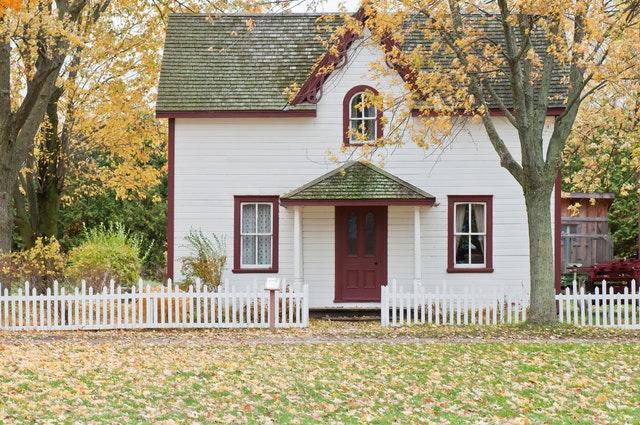
Buy Some Outdoor Furniture
Outdoor furniture is a great way to make the most of your yard. It can be used for relaxing on a warm day or entertaining guests. There are many different types of outdoor furniture to choose from, so find something that will fit your needs and style.
Hang Some Birdhouses or Other Decorations
Adding birdhouses or other decorations to your yard can make it more cheerful. It can also help attract wildlife to your yard. There are many different types of birdhouses and decorations to choose from. Your options are endless.
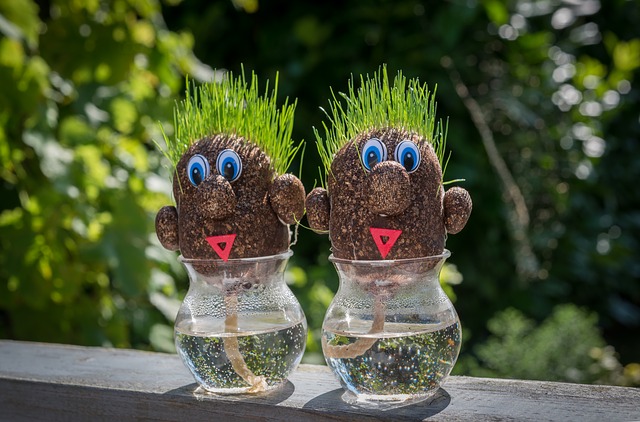
Sweep, Mow, and Trim Regularly
Regularly sweeping, mowing, and trimming your yard can help keep it looking well-maintained. It can also be a good way to avoid having to do a lot of work later on. Consider hiring a professional yard care service if you don’t have the time or energy to do these things yourself.
These are just a few easy and effective tips to enhance your yard. By following these tips, you can create a beautiful and functional space that you can enjoy for years to come.…

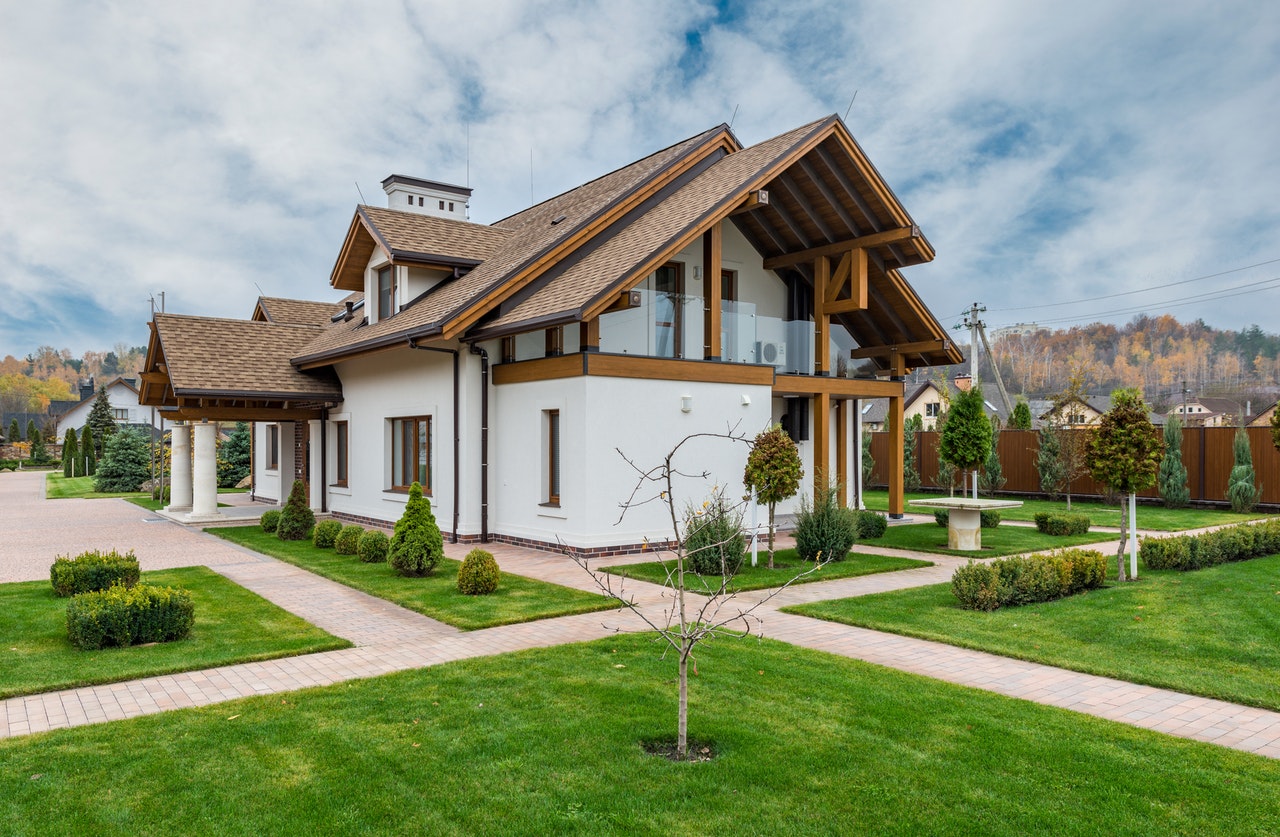
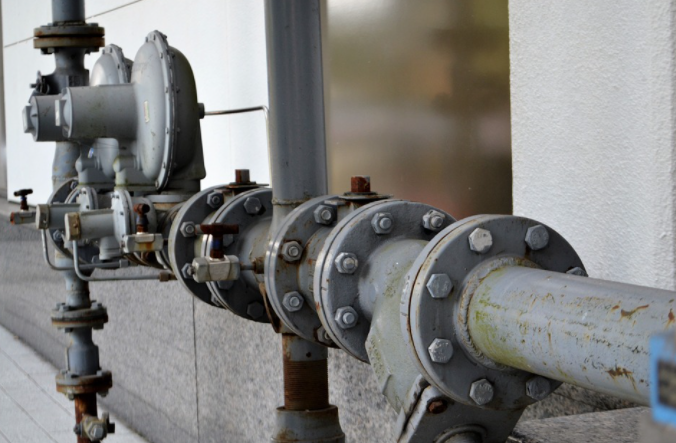
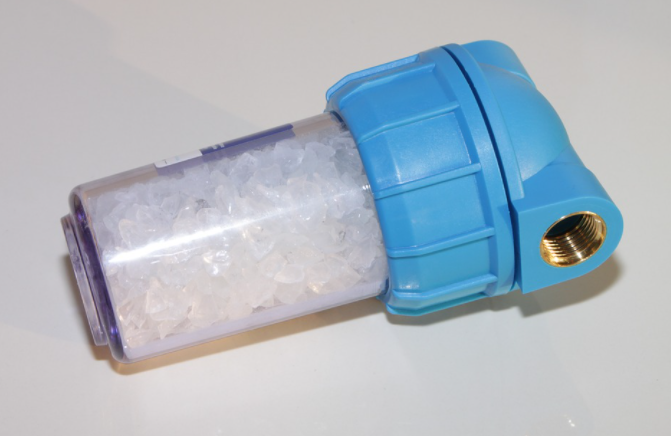
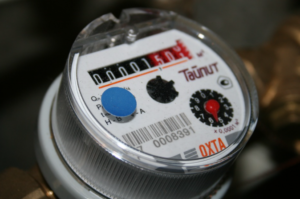 Our understanding of how water softeners work is not entirely correct. Contrary to popular belief, it is the resin beads that soften the water. Salt is still essential for water softening. The tank is filled with water. Here, the resin beads exchange calcium, magnesium, and potassium for sodium and potassium. Like a sponge, the bead absorbs the hardness components of the water. This process is called ion exchange and results in soft water. When the resin beads have reached their maximum capacity to absorb calcium or magnesium, it is time to refill them (by regeneration).
Our understanding of how water softeners work is not entirely correct. Contrary to popular belief, it is the resin beads that soften the water. Salt is still essential for water softening. The tank is filled with water. Here, the resin beads exchange calcium, magnesium, and potassium for sodium and potassium. Like a sponge, the bead absorbs the hardness components of the water. This process is called ion exchange and results in soft water. When the resin beads have reached their maximum capacity to absorb calcium or magnesium, it is time to refill them (by regeneration).